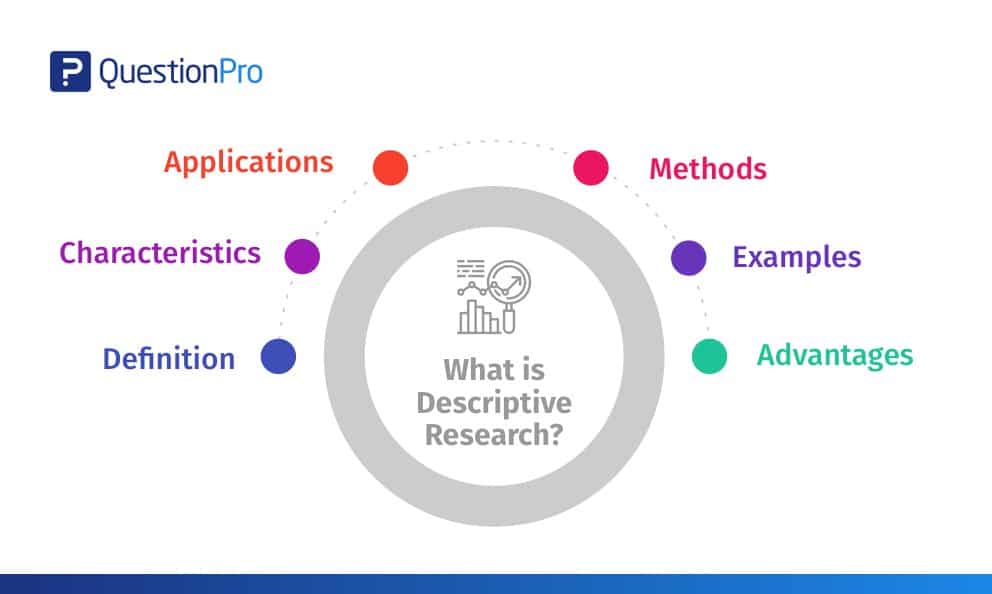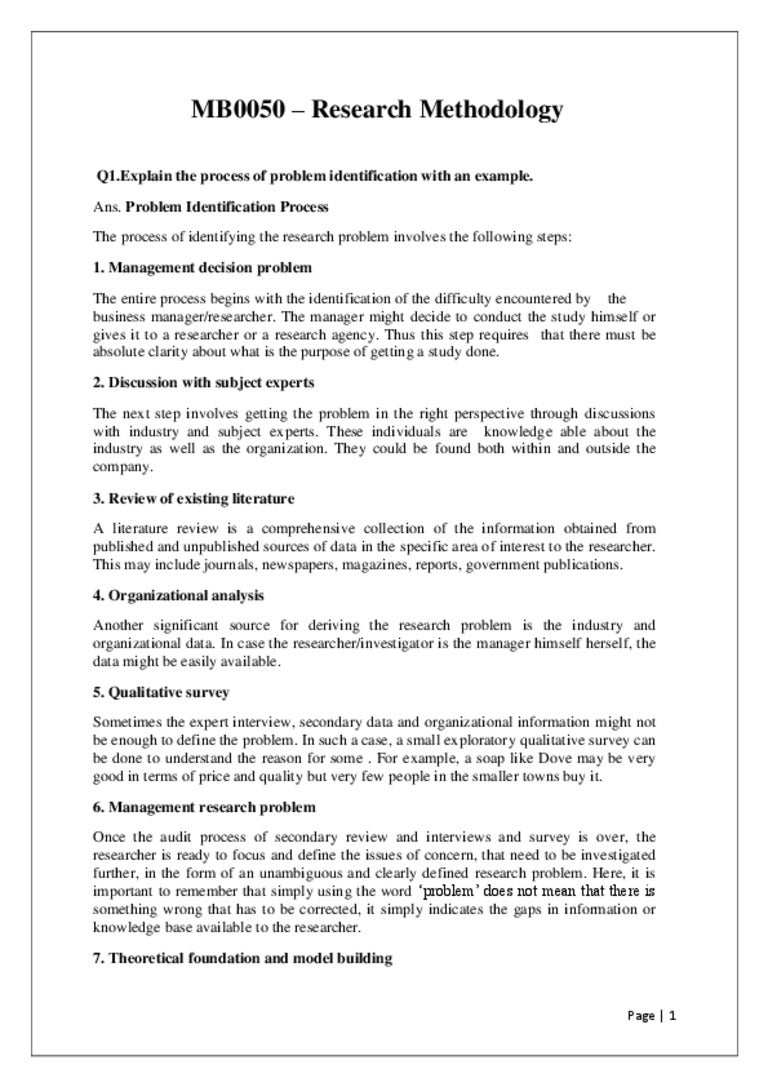Research Methodology Examples | Examples of qualitative methodology reporting that are consistent with aapor transparency initiative standards. It is a personal interview that is carried out with one respondent at a time. Experimental, expository, action, pure, and applied research. In your dissertation or thesis, you will have to discuss the methods you used to undertake your research. Examples of methodological reporting that are consistent with aapor transparency initiative standards. Qualitative research method was developed in the social sciences to enable researchers to study social and cultural phenomena: The term is also used to describe the documentation of the actions performed in the conduct of the investigation. The methods section describes actions to be taken to investigate a research problem and the rationale for the application of specific procedures or techniques used to identify, select, process, and analyze information applied to understanding the problem, thereby, allowing the reader to critically evaluate a study's overall validity and reliability. Revised on 12 june 2020. The following example of a methodology in a research paper can provide additional insight into what to include and how to structure yours: Page 6 the response rate for this survey was (rr) in the landline sample and (rr) in the cell sample, as computed using the american association for public opinion research's response rate 3. The methodology section in the dissertation or research paper mainly includes the discussion of the method which you have used for performing an investigation. Research methodology refers to the process of identifying, assessing, and evaluating data sets to determine the validity and reliability of the findings of a study or investigation. In some cases of research, the method above may change and not sequentially, especially if you use the. To collect quantitative data, you might choose to conduct experiments, tests or surveys. The research methodology defines what the activity of research is, how to proceed, how to measure progress, and what constitutes success. When planning your methods, there are two key decisions you will make. The chapter will explain first of all the choice of research approach, then the research design, as well as the advantages and disadvantages of the research tools chosen. The type of research method that you follow is determined by the type of study. This can later be expanded into the preamble of your research methods chapter. Research methods are specific procedures for collecting and analyzing data. If you continue browsing the site, you agree to the use of cookies on this website. Published on 25 february 2019 by shona mccombes. Revised on 12 june 2020. 3.5 empirical research methodology 3.5.1 research design this section describes how research is designed in terms of the techniques used for data collection, sampling strategy, and data analysis for a quantitative method. The procedures enhance the research process and it exposes the way research is carried out. In your dissertation or thesis, you will have to discuss the methods you used to undertake your research. Your methods depend on what type of data you need to answer your research question: Page 5 introduction the research organization (ro) at the university xyz conducted four focus groups 3 for This can later be expanded into the preamble of your research methods chapter. This research paper explains the psychological and emotional effects of a support program for employees with mental illness. The methods section describes actions to be taken to investigate a research problem and the rationale for the application of specific procedures or techniques used to identify, select, process, and analyze information applied to understanding the problem, thereby, allowing the reader to critically evaluate a study's overall validity and reliability. Some of the examples of research methods are: Research design and methods are different but closely related, because good research design ensures that the data you obtain will help you answer your research question more effectively. Experimental, expository, action, pure, and applied research. This research method is particularly useful if you are seeking to count, categorise, measure or identify patterns in data. Developing your research methods is an integral part of your research design. Sample, methodological limitations, and the data collection and analysis techniques in a study. Your methods depend on what type of data you need to answer your research question: The geographical area where the study was conducted, the study design and the population and sample are described. Below are the most commonly used qualitative research types for writing a research paper. Quantitative research uses methods from the natural sciences that are Sample, methodological limitations, and the data collection and analysis techniques in a study. The term is also used to describe the documentation of the actions performed in the conduct of the investigation. The methodology or methods section explains what you did and how you did it, allowing readers to evaluate the reliability and validity of your research. Research methodology refers to the process of identifying, assessing, and evaluating data sets to determine the validity and reliability of the findings of a study or investigation. In some cases of research, the method above may change and not sequentially, especially if you use the. Page 6 the response rate for this survey was (rr) in the landline sample and (rr) in the cell sample, as computed using the american association for public opinion research's response rate 3. Quantitative research methods are used to gather numerical information. The procedures enhance the research process and it exposes the way research is carried out. The methodology section in the dissertation or research paper mainly includes the discussion of the method which you have used for performing an investigation. This research method is particularly useful if you are seeking to count, categorise, measure or identify patterns in data. To collect quantitative data, you might choose to conduct experiments, tests or surveys. Page 5 introduction the research organization (ro) at the university xyz conducted four focus groups 3 for For example, a qualitative methodology might be used to understand peoples' perceptions about an event that took place, or a candidate running for president. Samples of writing 'methodology' wtuc march 2007 slideshare uses cookies to improve functionality and performance, and to provide you with relevant advertising. Examples of methodological reporting that are consistent with aapor transparency initiative standards. This can later be expanded into the preamble of your research methods chapter. The chapter will explain first of all the choice of research approach, then the research design, as well as the advantages and disadvantages of the research tools chosen.


Research Methodology Examples: The instrument used to collect the data, including methods implemented to maintain validity and reliability of the.

EmoticonEmoticon